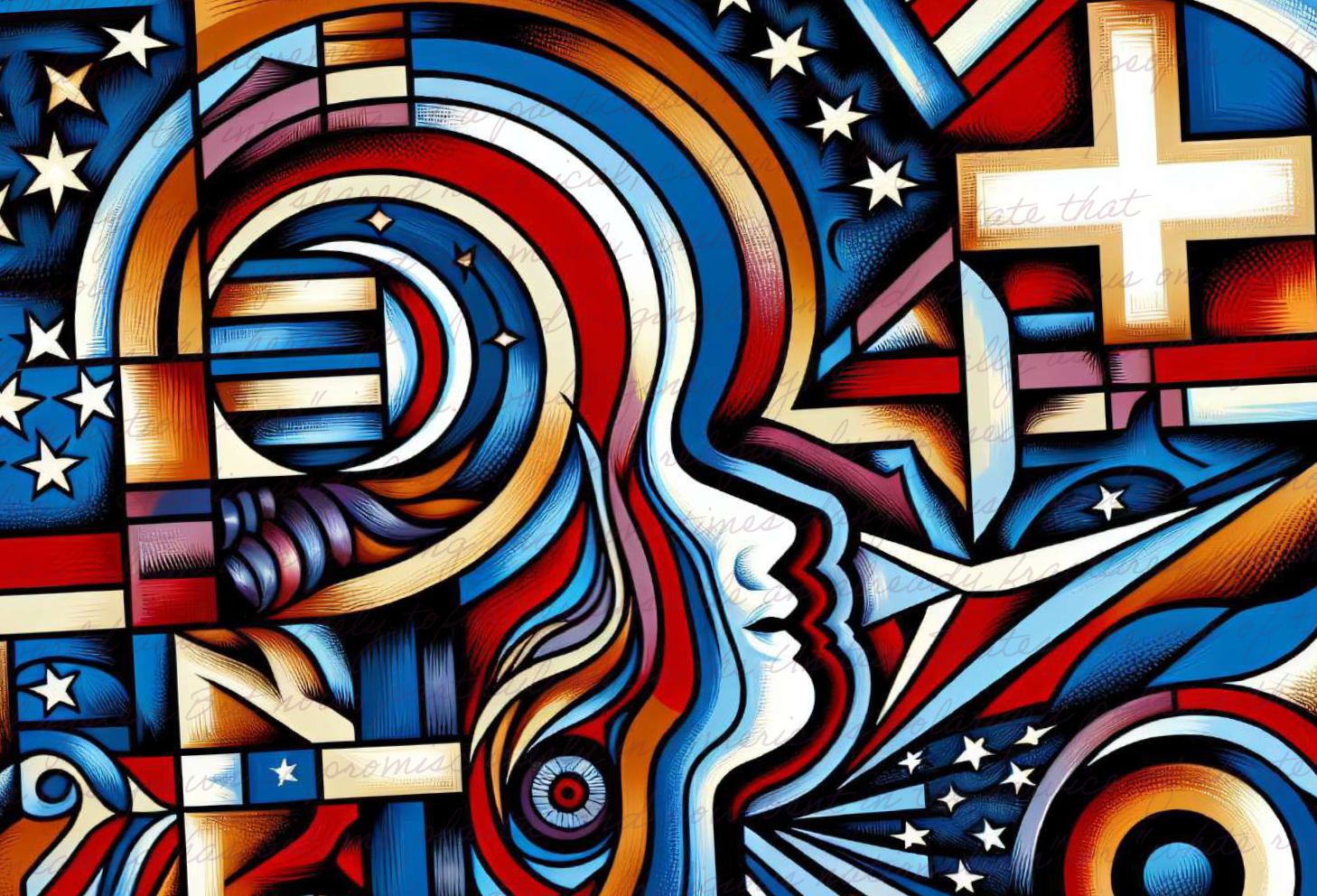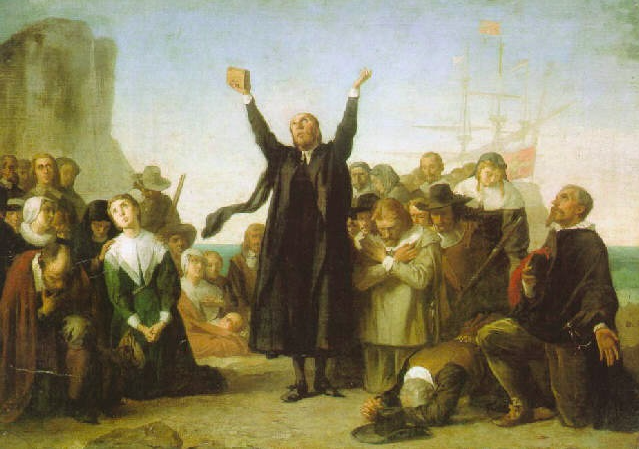Join us as we begin a series of posts focusing on the prioritization of religious freedom in American law and culture. This week our discussion focuses on the American founding and was initiated with Thomas Kidd’s post “The American Founding: Understanding the Connection between Religious and Civil Liberties.”
By: Marci Hamilton
Professor Kidd’s post, “The American Founding: Understanding the Connection between Religious and Civil Liberties,” makes a very important point that fears of religious oppression are born when a single religion is established. Yet, it does not, in my view, sufficiently nuance what is meant by religious “liberty.” His statement that “[a] free society had no more sacred duty than to protect religious liberty” is both an exaggeration and unsupported by history. For the Framers, it decidedly did not mean autonomy from the law or licentiousness.
The framing generation did not believe religious actors deserved unlimited license to act. They even had a name for too much liberty: “licentiousness.” Acts of moral turpitude involving illicit sex or flagrantly immoral behavior were beyond the founding generation’s definition of “liberty” as obedience to duly enacted law was preached from the pulpits across the colonies. The state constitutions routinely and explicitly required that safety, peace, and order should trump religiously motivated conduct.
As Justice Antonin Scalia noted in his concurrence in Boerne v. Flores, “Religious exercise shall be permitted so long as it does not violate general laws governing conduct.” He then rightly cited the Maryland Act Concerning Religion of 1649, which prohibited a license to act in a manner “unfaithful to the Lord Proprietary”; the Rhode Island Charter of 1663, which required people to “behave” in a “peaceable and quiet” manner; the earliest New York, Maryland, and Georgia Constitutions, which prohibited interference with the “peace [and] safety of the State”; the first New Hampshire Constitution, which forbade anyone from “disturb[ing] the public peace”; and the Northwest Ordinance of 1787, which prohibited citizens from “demean[ing]” oneself in other than a “peaceable and orderly manner.”
The limit on all liberty at the framing was the duly enacted laws. As prominent historian Bernard Bailyn put it in his landmark work, The Ideological Origins of the American Revolution, “Liberty, that is, was the capacity to exercise ‘natural rights’ within limits set, not by the mere will or desire of men in power but by nonarbitrary law – law enacted by legislatures containing within them the proper balance of forces.”
Accordingly, the Supreme Court’s consistent approach to free exercise has held that religious belief is absolutely protected, but religious conduct is subject to duly enacted laws. As noted historian Gordon Wood explained in his foundational account, The Creation of the American Republic, the importance of “ordered liberty” in Supreme Court jurisprudence cannot be overstated. Order requires limits.
Why not follow the logic of libertarianism and extend the absolute freedom of belief to conduct? It is obvious. While beliefs harm no one, conduct can. In the words of Thomas Jefferson, “The legitimate powers of government extend to such acts only as are injurious to others. But it does me no injury for my neighbor to say there are twenty gods, or no God. It neither picks my pocket nor breaks my leg.”
This is a fundamental principle that actually unites the Free Speech, Free Exercise, and Establishment Clauses, and that rests on the republican form of government at the base of the constitutional order. John Stuart Mill explained it in On Liberty as follows: “The fact of living in society renders it indispensable that each should be bound to observe a certain line of conduct toward the rest.”
One of the more challenging concepts to teach is that the “liberty” in the Bill of Rights is nowhere close to absolute, but rather must give way to a number of societal interests. There is only one absolute right in the entire Constitution, and that is the absolute right to believe whatever one chooses, under the First Amendment. After that, every other right can be trumped by government interests when those interests are strong enough. The Second Amendment’s right to “bear arms” does not mean that any criminal may own any gun he or she desires. Rather, the government has broad latitude to regulate gun ownership, especially when the owner has a criminal record. A homeowner’s Fourth Amendment right of privacy, which prohibits searches and seizures without permission, is far from absolute. Where the police have “reasonable suspicion,” they may enter even without the homeowner’s permission. The Fifth Amendment right not to be “deprived of life [or] liberty” does not mean that the government may not take a traitor’s life or impose a prison sentence on a criminal. When the government interest is strong enough, it can take both life and liberty.
Republicanism, which is the United States’ representative form of government, is built on the belief that humans entering society must agree to (1) delegate their lawmaking to representatives and (2) create a system that is geared toward achieving the public good. Absolute freedom of religious conduct would give clergy carte blanche to break the laws that prohibit the abuse of children; it would permit white supremacist prisoners to engage in race-based violence in the prisons; and the Church of Heroin to open on every street corner. For all but the most libertarian, such a culture is intolerable, and therefore liberty must be ordered liberty and that means the public good must be able to trump the demands of religious actors. The rapist that attacks a child deserves lengthy time in prison, whether he is a pastor or a layman.
To paraphrase Gertrude Stein, a harm is a harm is a harm. Thus, while I can agree with Professor Kidd on the importance of religious liberty, I cannot agree that “[a] free society had no more sacred duty than to protect religious liberty.” Religious liberty is an element of ordered liberty, but must not trump all interests at all times. It is not autonomy.
Marci A. Hamilton holds the Paul R. Verkuil Chair in Public Law at the Benjamin N. Cardozo School of Law, Yeshiva University.
This piece was originally authored on May 22, 2014 for the Religious Freedom Project at Georgetown’s Berkley Center for Religion, Peace, and World Affairs.
THE RFI BLOG

Myths of Religious Nationalism in America and Abroad

France’s Olympic Hijab Ban Violates International Law And Exacerbates Tensions

RFI Briefs USCIRF on Lessons from 25 Years of U.S. Designating Religious Freedom Violators

Thought Police: Protecting the People from Prayer

A Religious “Delaware”: Establishing a State Haven for Religious Corporations
CORNERSTONE FORUM

Challenges to Religious Freedom in Iraq and the Critical Need for Action

Public Bioethics & the Failure of Expressive Individualism

Religious Liberty in American Higher Education

Scotland’s Kate Forbes and the March of Secularism


